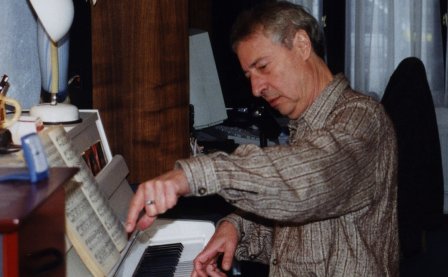Modular synthesizers are fickle creatures. As they grow, the limit of the number of possible patches on any given synth approaches infinity. Of course, many of those patches sound absolutely bizarre and unmusical. These are instruments for explorers; a vast, daunting potential exists in them to uncover sounds that feel entirely new, along with plenty of noise (in the broadest sense of the word). This incredible range has resulted in a surge in the popularity of modular systems in recent years, but Keith Fullerton Whitman has been playing these machines for years, in various incarnations and towards various ends. Occlusions represents some of his most purely exploratory output to date, evolving out of a set of compositional rules and the unpredictability of the synth itself.
What happens when the rules of a composition flout the language of composition? On Occlusions, Whitman has done his best to dispense with the vast majority of musical signifiers — and quite purposefully. According to the press matter, “Every effort has been made to avoid divisible rhythms (although mistakes are occasionally made).” Tonality is often entirely random, and noise sources often control pitch. Even the timbral elements vary, though this is perhaps the most consistent foothold across both manifestations on this recording. This is not to suggest that the machine is a noise generator that Whitman merely allows to run; instead, Whitman skillfully manipulates his instrument while circumventing, as best he can, the typical forms of musical readability. How do we read a piece of music that purposefully evades any attempt at parsing it? Is there any sense to Occlusions? Or is it all gibberish, fragments of an alien language without any use here on Earth?
We might find answers to this question on the recordings themselves. Occlusions is not an album per se, but recordings of two occasions in which Whitman performed the piece live. Thus, we hear room sounds and a large amount of crowd noise on the first track. We’ve been to shows like this — the artist performs through a number of people talking, some of whom seem to believe that the musician hasn’t actually begun the performance yet, others of whom intend to continue regardless of the performance. The recording suggests that at least part of the audience is not involved. We can also imagine a subsection of the audience in rapt attention, perhaps more immersed than most listening at home due to the power of witnessing live music (and the quadrophonic sound that Whitman utilized for these performances). But finally, as to the questions that Occlusions raises above, we can literally hear the answers from the listeners. As the talking quiets down, shouts of excitement punctuate the silences. It may be that they are premature applause, a hope that this strange, heavily bearded man will soon finish. But that seems unlikely; these audience members shout because the music moves them, something akin to the applause that follows an impressive jazz solo.
Occlusions is perhaps a small victory for pure exploration, but a win’s a win. The second version doesn’t inspire the shouts of joy we hear on the first recording, and sometimes those shouts occur when Whitman breaks the rule and a repeating rhythm emerges. But there is something powerful about the chaos of these recordings: it evades critique in that, at its best moments, the instrument becomes a force of nature. This isn’t generally what we look for in music; otherwise, we could just step outside and listen to the birds sing to find musical satisfaction. But Whitman forces us to look anyway, forging from this chaos an order that ultimately proves moving. This is where the weight of Occlusions lies.
More about: Keith Fullerton Whitman




